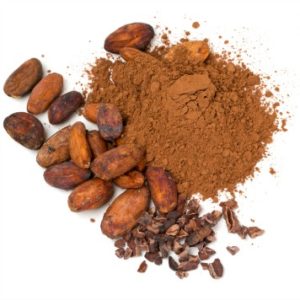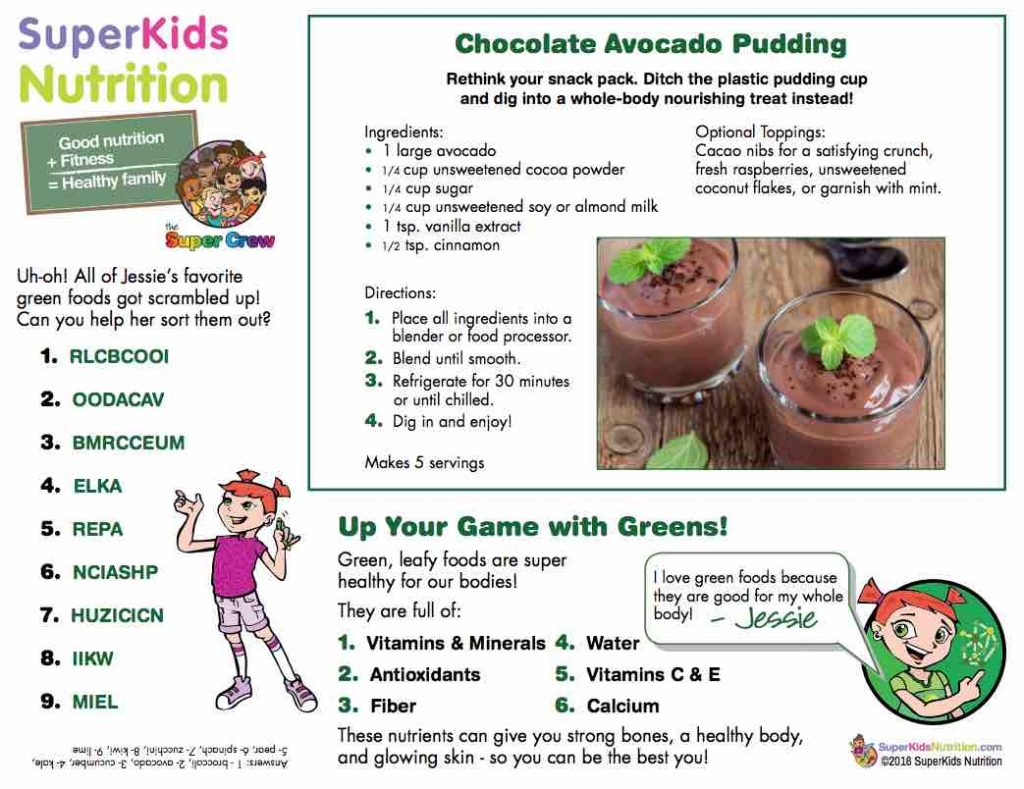
Choosing the right chocolate when you enjoy dessert can be good for your heart and your taste buds!
Chocolate. Say the word, and busy moms everywhere go to that place of contentment when you imagine it melting in your mouth, everything is silent, and the world seems dreamy…all from a small bite of chocolate. The good news is that this downright decadent food contains phytochemicals that can benefit your heart!
What healthy nutrients does dark chocolate contain?
Scientists have found that the antioxidants in dark chocolate can help raise HDL (good) cholesterol, increase blood flow and in larger quantities lower blood pressure! The cocoa bean is a rich source of flavanols, a phytochemical that helps the heart pump blood more efficiently by dilating the arteries. Other sources include tea, berries, apple skin, and citrus fruits. However, it’s difficult to know how much flavanols are lost in manufacturing to combat the extreme bitterness of raw cocoa beans. One such process, called alkalization, can reduce flavanol content by as much as 90% (1). Luckily, alkali-treated chocolate is required by the FDA to be labeled as such in the ingredients (2). To get the recommended dose of flavanols (200 mg) for a blood flow benefit 2 oz. of dark chocolate will do the trick (3), which comes with a calorie price tag. If you love chocolate as a preferred dessert than include it but watch your intake. In other words, don’t start eating chocolate because you consider it a health food.
Healthy ways to eat dark chocolate
- Make sure your dark chocolate is 72% or higher. Work your way up to higher percentages for fewer calories, for example, 2 oz of 88% dark chocolate = 280 calories.
- Check the ingredients – stick with bars free of “cocoa treated with alkali.”
- Dip fresh fruit like strawberries, bananas, orange slices or dried fruits like raisins, pears or apples in melted dark chocolate.
- Take your time and eat with mindfulness! Eat chocolate slowly to savor the flavor.
- Eat small amounts (a bite-size bar or a 1-inch square).
- Get plenty of exercise and eat a healthy, balanced diet every day so you can have a dark chocolate treat.
For deep chocolate flavor and antioxidants without any sugar or fat, get creative with cocoa powder or cacao powder. Cocoa powder (the unsweetened stuff you use to make hot chocolate or brownies) is a roasted form of raw cacao. Both are great, but the raw cacao tends to have a higher antioxidant content. A 1 ¾ tablespoon serving of cocoa powder has 200 mg of flavanols and only 20 calories (3). It is best to limit cocoa powders to one serving per day to reduce your risk of lead or cadmium intake (4). Check out Super Crew kid Jessie’s favorite way to enjoy cocoa with this chocolate avocado pudding recipe!
Cooking with cocoa or cacao
- Mix cocoa/cacao powder into beef or turkey chili for the instant addition of a deep, complex flavor. Start with a teaspoon per 6-8 servings and add more to taste.
- Mix cocoa/cocoa powder into homemade Mexican mole sauce to balance the heat from the chili peppers without overpowering the flavor. Most recipes call for two tablespoons.
- Make a chocolate avocado mousse! You get a ton of heart-healthy fat and creaminess from the avocado, and the chocolate flavor is predominant. Just throw the following ingredients in a blender: 2 avocados, a splash of milk, 2-3 tablespoons of a liquid sweetener like honey, maple syrup, or agave, ½ tsp vanilla and 2-3 tablespoons cocoa powder.
- Make a smoothie with frozen bananas, low-fat/soy/almond milk, almond butter, and a tablespoon of cocoa/cacao powder. It’s a healthier version of a chocolate peanut butter milkshake!
- Add to oatmeal, yogurt or your morning cup of coffee.
- Mix cocoa powder with peanut butter and place in the middle of a Medjool date. Check out these tasty cocoa date balls, perfect for sweet cravings.
Loving your heart is easy! Adding small amounts of dark chocolate and cocoa powder to your diet in simple, mouth-watering ways is a small change that can have positive impacts on your heart and overall health.












